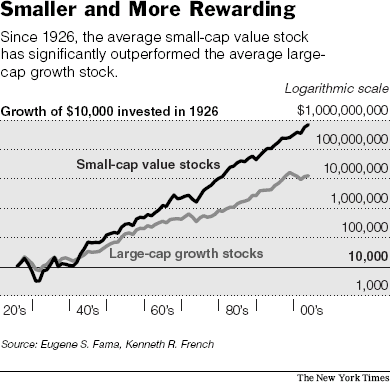I first became interested in investing when I attended college during the mid-1990s. I read such seminal classics as One Up On Wall Street and Beating the Street by legendary Fidelity mutual fund manager Peter Lynch. During the course of my recreational reading on the subject I learned all about long and short positions. A long position in a stock is one in which the investor owns the shares themselves. A short position, on the other hand, is one in which the investor borrows the shares from another investor and then sells them, making money if the shares drop in value.
Although the concept is not difficult to understand, I had to do some sleuthing on my own before I really figured out what takes place during a short sale, as I discuss below.
(1) The investor must initially instruct his brokerage house to sell short shares of a stock.
The investor can only sell stock short if the investor has a "margin" account. A margin account is one in which the investor can borrow against his current holdings to purchase addition shares of various securities and sell short. A "cash" account, on the other hand, does not permit such borrowing or selling short.
(2) The brokerage house borrows the shares from another investor's account.
This is the part that isn't straightforward. That is, why can a brokerage house borrow shares from another investor's account? The brokerage house can only borrow shares from another investor's account that are held in "street name," i.e., in the name of the brokerage house. Most stock purchased nowadays is held in street name. This makes it much easier to sell the shares. If the stock were held in the investor's name instead of in street name, the invesotr would have to physically deliver the corresponding stock certificates to the brokerage house before selling such shares. However, if held in street name, the shares are already at the brokerage house's disposal.
The reason why the actual borrowing takes place is because a settlement must occur three days after a trade is made. This is known as the "T+3" rule. That is, three business days after a trade is made, the seller must deliver the shares being sold and the buyer must deliver the corresponding money for the shares.
The investor from whom the shares are borrowed can still sell his shares, and the investor's will reacquire the shares and the short selling investor's brokerage house will borrow the shares from a different investor.
(3) The investor buys back the short shares to "cover" the position.
After selling shares short, the investor has to eventually repurchase the shares to close his position in that stock. An investor with a long position makes money by first buying shares at a low price and then sell the shares at a higher price. A short seller makes money, on the other hand, by first selling the shares and then buying back the shares at a lower price at a later date.
CAVEATS
There are some caveats to short selling. First, if the price of the shares sold short keeps rising the investor can quickly lose a lot of money. Second, the investor's short position may be closed at any time such as, e.g., if the investor loses too much on the position relative to the investor's other holdings in the account. The short position may also be closed if the investor from whom the shares were borrowed decides to sell and the shorting selling investor's broker cannot find another investor from whom to borrow the shares.
Anyone considering selling a stock short also needs to be aware that the investor is responsible for paying dividends to the investor from whom the shares were borrowed. For example, assume that investor A borrows 100 shares of MSFT from investor B, and then sells the 100 shares to investor C. In the event that MSFT declares a dividend, investor C will receive the dividend directly from MSFT. However, investor A will have to pay investor B an amount of money equal to the value of the declared dividend.

